China’s clean energy revolution a contradiction in terms? A few truths about its green story
Billions of dollars have been invested in green technologies in China. But at the same time, the country is building more coal power stations. The programme Insight explores why this is the case and what resolutions are in sight.
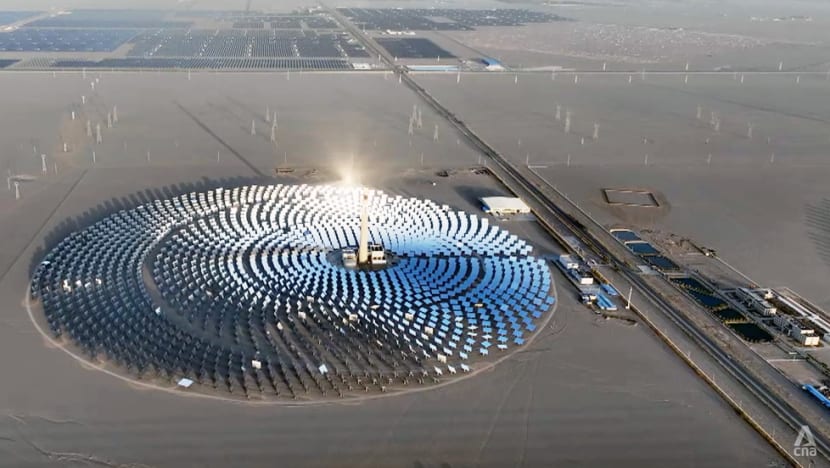
The molten salt solar thermal power station in China’s northwest Gansu province. It is known as the “super mirror power plant”.

This audio is generated by an AI tool.
GANSU, China: Chinese farmer Wu Wenju lives in a little house that is unassuming except for the 48 solar panels installed on its roof, glistening in the midday sun.
His family own a cotton and sheep farm in a village in Dunhuang, Gansu province. And the solar panels provide an additional source of income: A power company installed them for free and rents the roof space from the family.
The electricity generated is connected to the local grid but is also made available to the family, free of charge.
“Normally, our … electricity consumption is about 100 yuan (S$19) per month,” says Wu. “We can save about a few hundred yuan a year now.”
Not all the families in his village have installed solar panels at this point, but more are warming to the idea. Indeed, in the past few years, more villagers across China have done something similar.
Through the government’s Solar Energy for Poverty Alleviation Programme (SEPAP), announced in 2014, home owners lease their roof and land to solar companies. The electricity generated is sold to the grid, with profits shared with the home owners.
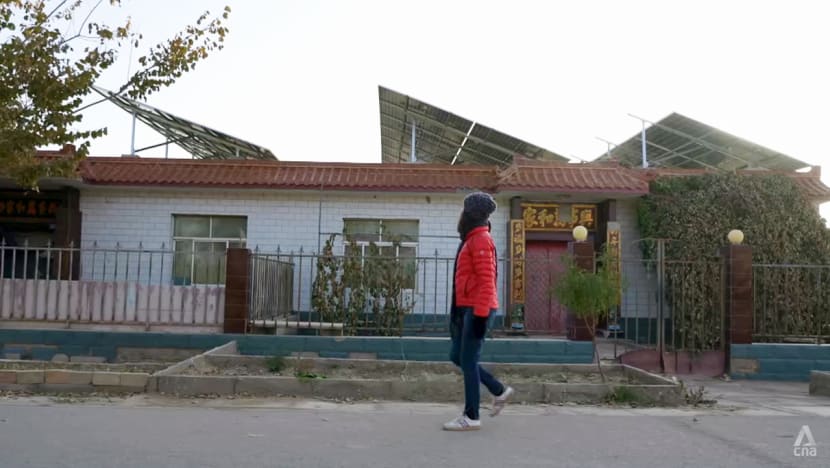
He Jijiang, executive deputy director of Tsinghua University’s Research Centre for Energy Transition and Social Development, described this programme as “one of China’s signature energy transformations”.
“(Photovoltaics) are built in the poorest villages, and income generated from the power stations is reserved for the villagers to address poverty issues,” he said.
SEPAP has benefited more than 400 million people, according to China’s National Energy Administration. And by 2020, the programme increased national solar power capacity by 26 gigawatts, exceeding the initial target of 10 gigawatts.
This April, China’s solar capacity reached 430 gigawatts, which is triple that of second-placed United States, with 142 gigawatts.
China has invested heavily in other renewables too. In 2012, the country saw US$67.7 billion (S$90.2 billion) of clean energy investment. A decade later, this shot up to US$546 billion.
Today, China is the world’s biggest producer of renewable energy, and not only solar energy.
It has more than 4,300 wind farms in operation or development. Last year, these generated 46 per cent more wind power than all of Europe, the second-largest wind generation market.
Despite these achievements, there are inherent contradictions. China is the world’s biggest climate polluter and permitted more coal power stations last year than any time since 2015.
Why is this the case? The programme Insight finds out the true story of China’s green energy revolution and whether the world has something to worry about.
WATCH: China’s contradiction: World’s biggest clean energy producer and biggest polluter? (45:21)
THE TRIGGER(S) TO GO GREEN
China’s green energy push had its roots in air pollution.
“If you were here back in 2013, you probably had to wear masks, not because of COVID but because of the (air pollutants),” said Ma Jun, former chief economist of China’s central bank, the People’s Bank of China.
Ma, who is now the president of the non-profit Institute of Finance and Sustainability, helped draft China’s first green finance guidelines.
He noted that dealing with pollution — not only air but also water and land pollution — required “a lot of money”: About 4 trillion yuan yearly.
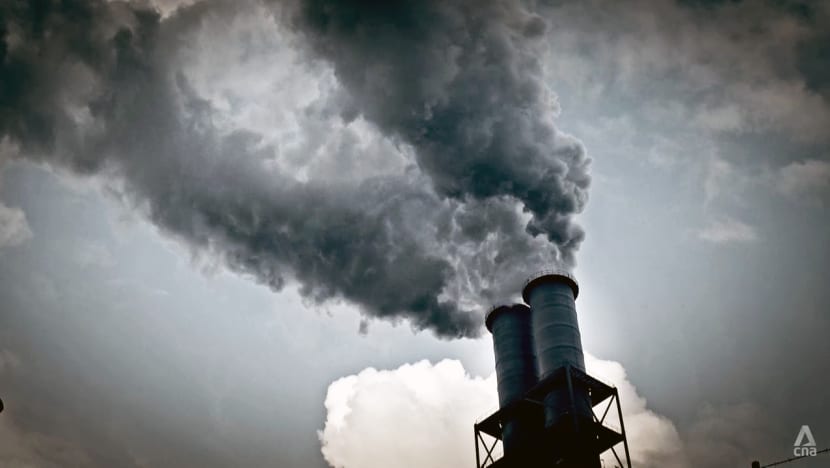
But experts attribute China’s growing motivations to economic reasons as much as the environment. While more than 80 per cent of the world’s solar cells are made in China today, there was no domestic market at the start.
“It was mostly the European demand that triggered China’s investment in the whole renewable energy sector,” said Hang Seng Bank (China) chief economist Wang Dan.
It was in 2006, with the start of the European photovoltaic market and the support of a series of European policies, when China’s photovoltaic cell industry’s technology began to advance.
Back then, China bought raw materials from overseas and used foreign technology to process photovoltaics domestically before exporting them.
“Because of the lower costs in China, … (Chinese photovoltaic companies) could quickly become profitable and raise the funds for rapid factory expansion,” said Solar Energy Research Institute of Singapore chief executive officer Armin Aberle.
Perhaps most emblematic of China’s green investments is Dunhuang’s molten salt solar thermal power station, known as the “super mirror power plant”, on the doorstep of Wu’s village.
Built at a cost of 3 billion yuan, it covers 7.8 square kilometres in the Gobi Desert — the size of almost 1,100 football fields and the largest of its kind in China.
The 100-megawatt station can generate over 2.3 million kilowatts per day, enough to supply electricity to Dunhuang city for a whole day, said its general manager, Liu Fuguo.
The station uses 12,000 photovoltaic mirrors to concentrate and reflect sunlight onto a receiver tower. Molten salt is pumped into the tower and then heated.
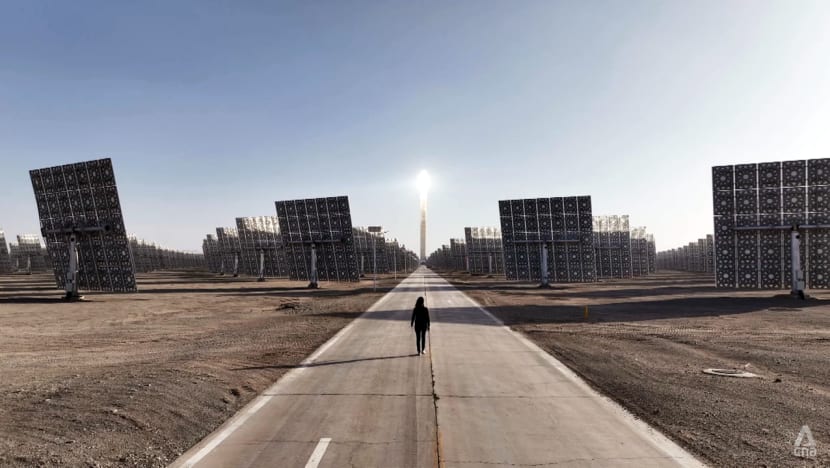
Whereas conventional photovoltaics convert sunlight into electricity, which means the electricity generation stops once the sun has set, the station’s technology is different, according to Liu.
“During the day, the electricity generation process collects and stores the heat,” he said. “After the sun sets, the stored heat continues to generate electricity.”
THE COAL ATTRACTION
Even as China constructs clean energy projects such as Dunhuang’s solar thermal power station, it is responsible for about 30 per cent of global emissions, largely because of its dependence on coal.
China is also building more coal power stations than any other country. Last year, it produced a record 4.5 billion metric tons of coal, Reuters reported.
Despite its clean energy investment, experts note that coal is still the lowest-cost energy option in China today.
“China sits on huge reserves of coal,” said Aberle. “It doesn’t want to import energy from other countries; it wants to use as much local coal as possible. … That’s why coal is so attractive.”
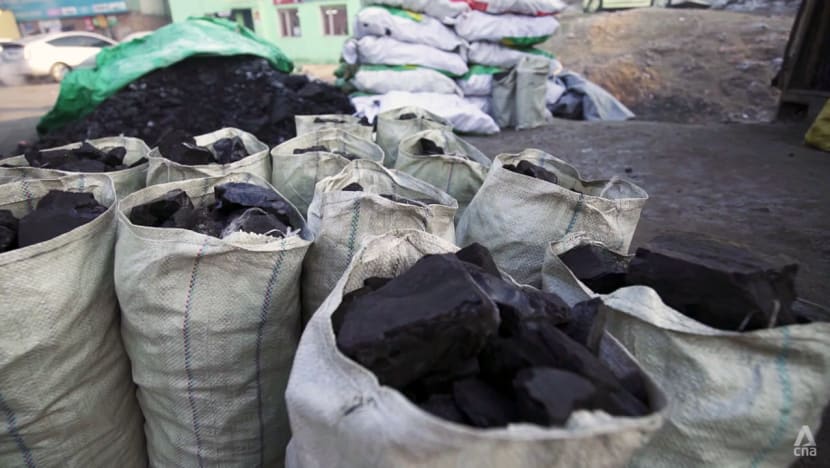
Clean energy generation, added Wang, is also “mostly intermittent”, which means there is no better alternative to coal power for heating.
“(You) need to have continued sunshine or continuous wind blowing in order to generate enough of the (power) supply,” she said. “If you build one more power plant using solar or wind, you almost have to build a separate coal power plant in order to stabilise the power supply.
“So a coal power plant in many areas of China is simply a necessity.”
Moreover, in China, economic growth “dominates everything”, and the environment “comes second”, said Aberle. “I don’t think they’re ready to serve as a global role model in the sustainability arena.”
Related stories:
THE COST REDUCTION FACTOR
Nonetheless, the Chinese are optimistic about emissions reductions and that they can reduce their dependence on coal.
Describing its current energy mix as “a situation in transition”, Ma said China’s determination “to move towards net zero is the strongest in the world”.
How quickly China can wean itself off coal may come down to clean energy cost reductions.
The cost of photovoltaic power per kilowatt-hour in China is now “significantly lower” than the cost of coal power, said Tsinghua University’s He. “In the next step, China’s photovoltaics will continue to increase and reduce its dependence on coal.”
Over the past decade, Longi Green Energy Technology — one of the world’s largest solar manufacturers — has invested about 20 billion yuan in research and development, according to Huo Yan, its general manager for branding and head of global marketing.
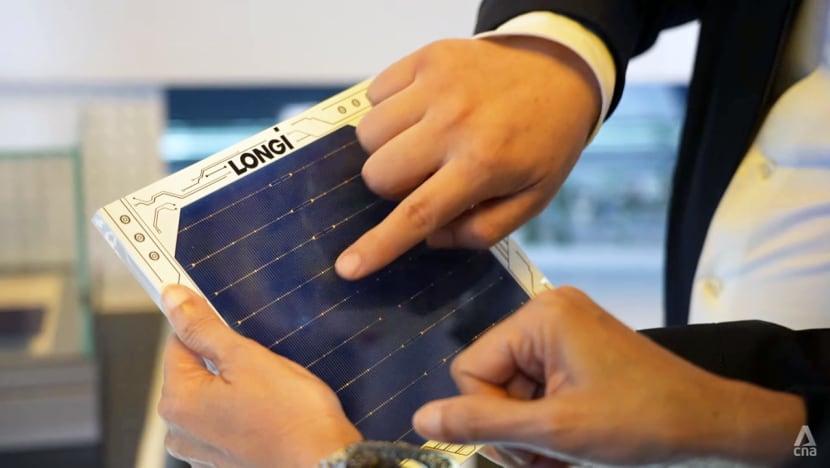
As a result, the price of its solar silicon wafers has gone down from about 100 yuan in 2012 to 3 to 5 yuan now, he said.
“The cost of photovoltaic energy has decreased significantly in the past decade owing to Longi’s innovations. Currently, photovoltaic energy is the cheapest source of energy in many countries.”
Longi also set a record last year for silicon cell efficiency, which measures how much of the sun’s energy is converted into usable electricity. The higher the cell efficiency, the more power it produces, lowering the unit cost of electricity.
‘NO WINNERS IN A GREEN TECH WAR’
While China has made a long-term commitment and its bet on clean energy appears to be paying off, its dominance has some countries worried.
Wang pointed to anti-dumping and anti-subsidy programmes implemented by the US and Europe since 2012, which has resulted in more restrictive measures against China’s exports.
Next year, the US will expand import duties on photovoltaic products originally from China.
Import tariffs have been added “many times”, Tsinghua University’s He highlighted. “The US wants to protect its own photovoltaic companies, because the US cost of production of photovoltaics is much higher than China’s.”
The European Union, meanwhile, has plans to ban products made with forced labour, with solar panels made in China’s Xinjiang province central to such a ban.
All this prompted Beijing to hit back earlier this year with the threat of a ban on solar technology exports. According to reports, China currently controls at least 75 per cent of every stage of the industry’s global supply chain.
In the first half of this year, China’s solar panel exports reached a capacity of 114 gigawatts, well on the way to eclipsing the 164 gigawatts it exported the whole of last year, according to energy think tank Ember.
China’s half-year exports are equivalent to the total installed solar capacity in the US.
“China feels it has to flex its muscles — ‘and if you do that to me, I do this to you,’” said Aberle.
But I really hope it doesn’t lead to this. There’d be no winners in such a green tech war.”
There have been breakthrough moments.
In July, US climate envoy John Kerry visited Beijing to restart climate talks, which China had cut off last year in protest at then US Speaker Nancy Pelosi’s visit to Taiwan.
This shows that the US is “willing to continue the communication and collaboration with China” on the climate change front, said Wang. “It’s still a positive sign for China because that door isn’t completely closed.”
Last month, Presidents Joe Biden and Xi Jinping also agreed that negotiations on renewing a decades-old science and technology agreement, which allows for co-operation in R&D between the US and China, would start.
POLITICAL IMPETUS FOR CHANGE
Beyond geopolitics, there is a domestic political impetus for China’s green energy revolution.
According to the European Investment Bank’s 2019-2020 climate survey, 73 per cent of Chinese think climate change is a major threat to society, compared with 47 and 39 per cent of Europeans and Americans respectively.
Chinese authorities have spent a “tremendous amount of money” pushing companies to adopt clean technology and reduce their use of coal and other polluting technologies, said Wang. “For a lot of local governments, this is part of their evaluation.”
“The political leaders are very aware that pollution in big cities or some regions can cause dissatisfaction, and mass protests even,” said Aberle.
“So I think they like this idea of pushing the green energy revolution and thereby fighting local pollution in China.”
Today, there are also green regulations in place for new buildings and construction projects. For example, it is mandatory for new buildings to have solar energy systems installed, while carbon emissions from new civil buildings must be 40 per cent lower than 2016 standards.

Amid the concerns and contradictions in China’s green revolution, what can be found in the country is consensus on climate change.
“I believe (climate change) is something that every human being should pay attention to,” said Tsinghua University student Zhang Jie.
Her fellow student, Zhou Dao, added: “Every student (in China) who’s gone through primary and secondary education will have some understanding of climate change.
“We should have a common responsibility and not differentiate between people when it comes to environmental protection.”
Watch this episode of Insight here. The programme airs on Thursdays at 9pm.



















